By Natsuki Takaya. Released in Japan by Hakusensha, serialized in the magazine Hana to Yume. Released in North America by Yen Press.
If ever there was a series that cried out for a license rescue and re-release, it was Fruits Basket, one of the biggest gateway manga of the 21st century. First released in North America between 2004 and 2009, the story of a young girl and her encounter with a “cursed” family is one of the most beloved shoujo manga of all time over here. It was also big in Japan, and the re-release we’re seeing is based off of the Japanese re-release. I say that because I know some people will be annoyed that the original author’s sidebars are missing – this is very common with re-released manga, simply as the sidebars tend to be very dated – as Takaya herself says in her afterword. We do see new cute SD-art to replace them, but sadly it repeats itself, so we see the same bookmark-ish art over and over. There’s also a new translation, which reads fine, though of course those who have the old one memorized may find it jarring. It feels a bit freer than the Tokyopop one. Worry not, though, we do have honorifics here.
As for the content, what is there to say? If you haven’t read this series, do so right away. I will try not to spoil it, though it’s honestly very difficult not to do so, as the fun of re-reading is going back and seeing all the little hints that I never picked up the first time I was reading the series. I’ve made little secret that my favorite character is Shigure, for example, and I recalled his character getting darker and more manipulative as the series went on. But no, there it is as I reread it. He was like that from the very beginning, it’s just we were distracted by the whole “high school girls!” and flirting with Ayame going on. Likewise, Tohru’s relationship with her late mother, which I think the reader is first meant to see as sweet and touching, already shows some of the dark undercurrents to come.
These two volumes show us the first four of the original release, and you can tell right away that no one was quite sure if it would be a hit yet. Takaya’s previous big hit for Hakusensha, Tsubasa: Those With Wings, was only 6 volumes long. And you can see here that Takaya wants to get a lot of the zodiac introduced and show us their deep traumas and tragedies as quickly as possible, just in case it goes the same amount of time. It is almost startling how fast Hatori’s backstory is breezed though, to give an example, or Momiji’s. The exceptions are Yuki and Kyo – as the two male leads, they get the most focus, and we see the development of their characters over the course of both omnibuses – each wants what the other has, and wishes things could be different.
It’s not all sad boys in snow, though. Fruits Basket could be hilarious much of the time, and the humor works very well. Tohru’s friends Hanajima and Uotani contribute the bulk of it, being the sort of girls you;d normally imagine would never hang out with a bright shining object like Tohru but brought together through circumstances we don’t know about yet to form a deep bond. We see how much the two girls care about Tohru, and worry she might be taken advantage of by the Sohma family, even if they seem nice enough. But Tohru needs a place to stay. And, as becomes clear, Yuki and Kyo need Tohru – as does Shigure, who clearly has some scene that requires her to be there and make the others break out of their shells. We see what might be driving that when we get a few glimpses of Akito, the leader of the family, who manages to terrify Yuki in just a few seconds, leading Tohru to physically push him away – something startlingly unlike her.
If you already have Fruits Basket and are wondering whether to get it again, well, it’s a larger trim with new covers and interstitials, and a new translation. Make up your mind from that. If you haven’t, do so at once. The series only gets better as it goes along, and rewards readers who pay attention. A well-deserved classic.
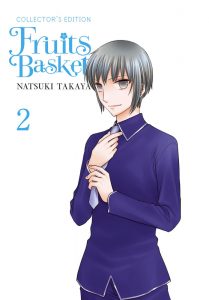
 I’ve grown a bit wary of josei romances. I’d prefer them not to be smutty, or to derive much of their drama from misunderstandings, or to feature a controlling male lead. Happily, Everyone’s Getting Married avoids all of those things!
I’ve grown a bit wary of josei romances. I’d prefer them not to be smutty, or to derive much of their drama from misunderstandings, or to feature a controlling male lead. Happily, Everyone’s Getting Married avoids all of those things!



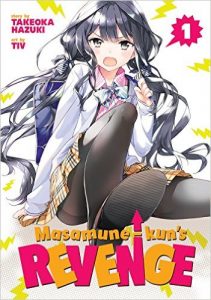
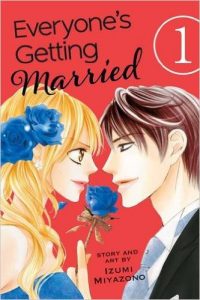
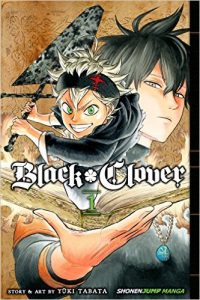
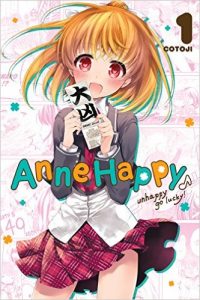


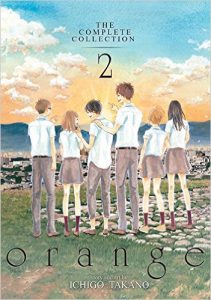
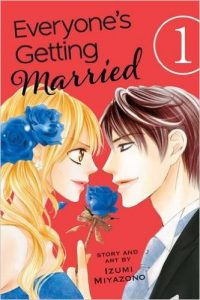
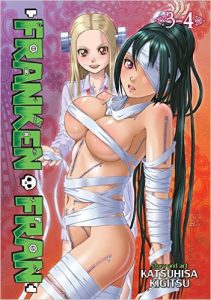
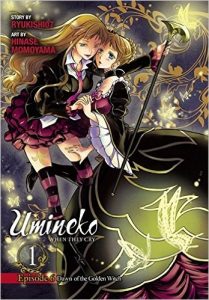
 I Am a Hero, Vol. 1
I Am a Hero, Vol. 1
